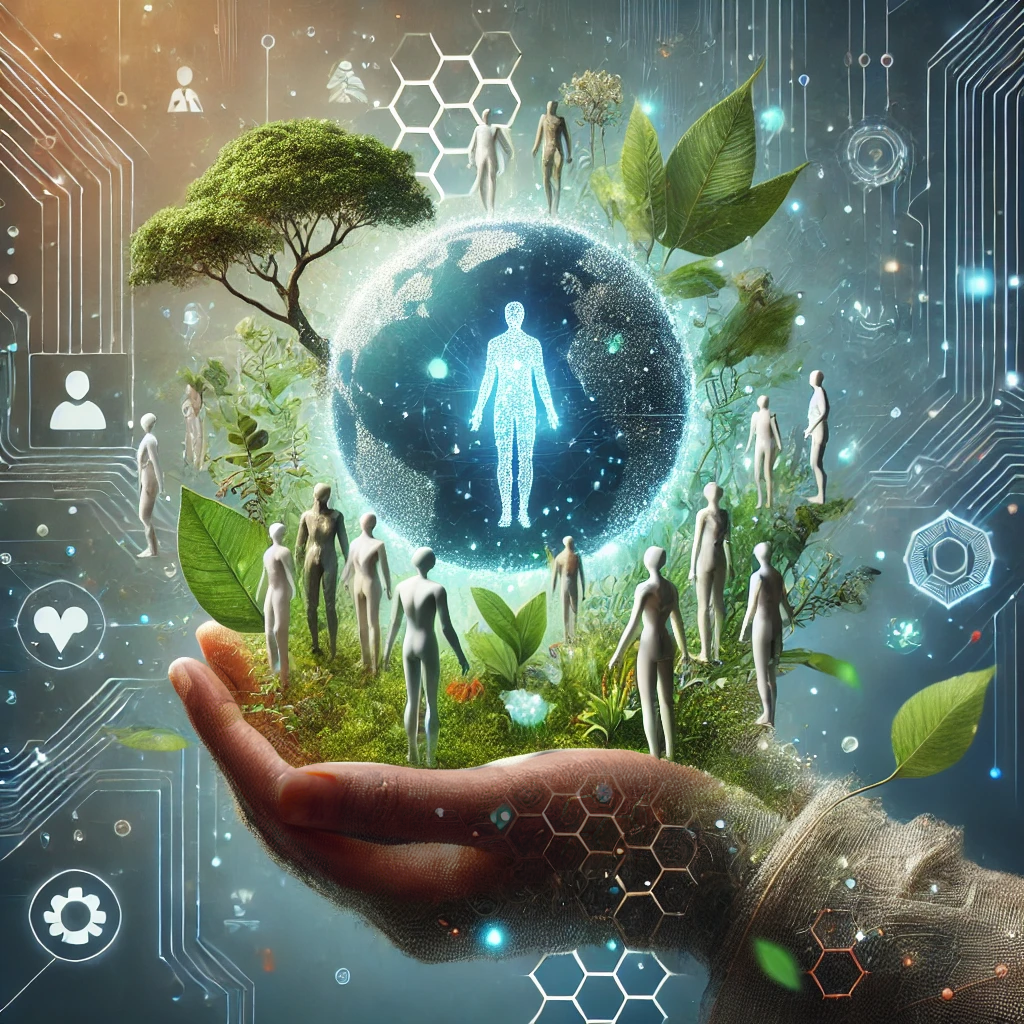In this third installment of our series, we explore how Red Iron Labs integrates human-centered VR design into MiniVerse, demonstrating how collaboration and community engagement shape the future of VR.

At Red Iron Labs, we focus on how the relationship between technology and the human experience is constantly evolving. After eight years of creating immersive experiences, we’ve learned that collaboration is at the core of every project. Building relationships and understanding community needs are key to creating meaningful solutions, especially in education.
How MiniVerse Bridges Collaboration and Human-Centered VR Efficiency
Through our experience with community-focused projects, we discovered the importance of adapting our approach based on the project’s context. Whether working with Indigenous Elders or neurodiverse experts, we’ve found that the true value comes from the design phase. However, long development timelines—usually between 9-12 months—often cause projects to lose momentum.
To address this challenge, we developed MiniVerse, a human-centered VR solution that streamlines development while maintaining the collaboration that makes projects impactful. MiniVerse cuts development timelines by up to 75%, reducing them to just 1-3 months for VR projects. This approach allows us to deliver high-quality results faster while keeping the focus on community collaboration during the design phase.
Discovery Phase with Clients and Meaningful Consultation with Communities
Like many studios, we begin with a discovery phase to understand our clients’ specific needs. This helps us craft custom solutions, whether it’s a VR platform for employee training or an immersive, human-centered VR experience for students.
However, when we work on projects centered around communities—such as Indigenous partnerships or culturally significant work—we take a different approach. In these cases, we engage in meaningful consultation. This goes beyond client feedback; it’s about collaborating with the community to ensure their voices are heard, their values are respected, and their needs guide the design.
Our meaningful collaboration practices are grounded in frameworks like the United Nations Declaration on the Rights of Indigenous Peoples (UNDRIP) and the Truth and Reconciliation Commission’s (TRC) Calls to Action. These frameworks guide us in our work on community-centered, human-focused VR projects.
VR Simulations for Indigenous Care Aide Training
One of our recent projects involved developing a virtual reality platform to support a micro-credential program. This program trained learners in culturally appropriate care for Indigenous Elders and aging community members. Participants learned essential skills like interpersonal communication and using Indigenous medical terminology in languages like Blackfoot and Plains Cree. The program also taught culturally respectful care practices.
The success of this project relied on meaningful consultation with Indigenous Elders and community members. Their guidance ensured the VR simulation honored cultural protocols and incorporated Indigenous knowledge. From learning objectives to visual elements, their input helped shape the platform to promote culturally sensitive caregiving practices.
The platform used a gamified, interactive model. Learners made decisions that impacted their progress, with AI-driven feedback helping them reflect on their choices and improve their caregiving skills in a safe environment.
By focusing on collaborative development and culturally relevant design, we delivered a VR solution that aligned with both technological advancements and the values of Indigenous communities.
VR Soft Skills Training for Neurodivergent Employees
Another one of our recent projects focused on developing a virtual reality platform to help neurodivergent individuals practice essential workplace scenarios. The program aimed to help neurodiverse employees build soft skills crucial to success in professional environments, such as navigating workplace interactions and handling interviews.
We worked alongside ELIXR Simulations as part of a virtual reality soft skills training program led by an Edmonton post-secondary institution. Their program focused on enabling neurodivergent users to engage in real-world scenarios. By consulting with their neurodiverse subject matter experts, we ensured that the VR experience was both practical and accessible. Their feedback was incorporated into the design to make the platform more personalized.
The project featured two core scenarios:
- Workplace inclusion: Teaching supervisors and coworkers how to respond to Autistic stimming and create a supportive environment.
- Job interview training: Helping neurodiverse individuals practice essential skills needed for job interviews.
By addressing both the needs of neurodiverse employees and their workplaces, this project showed how collaborative development can use VR to improve inclusivity and success in the workforce.
Resources That Guide Our Approach
Our meaningful collaboration practices are grounded in UNDRIP, the TRC Calls to Action, and resources like the City of Calgary’s Indigenous Policy Framework and Anti-Racism Strategic Plan. These frameworks ensure that our work is inclusive and respectful.
We are also inspired by adrienne maree brown’s emergent strategy philosophy, which guides us in approaching change through adaptation, collaboration, and decentralization.
These frameworks are integral to how we engage in meaningful consultation and community-centered work.
What resources have you come across that help ground your projects in meaningful collaboration?
Conclusion: How MiniVerse Streamlines Human-Centered VR for Education
At Red Iron Labs, we believe that success comes from truly understanding the needs of the people we design for. Our work with Indigenous and neurodiverse communities has taught us that meaningful consultation is key. By listening and respecting their values, we create projects with lasting impact.
This approach shaped the development of MiniVerse. It allows us to maintain the collaborative spirit that drives our work while delivering projects faster. MiniVerse bridges the gap between immersive education and efficient development, making it the ideal solution for educational institutions that want meaningful results with shorter timelines.
If you’re ready to explore how MiniVerse can help bring your vision to life, contact us today.
Missed Part 1 and Part 2?
If you missed the earlier parts of this series, don’t worry! Check them out here:
- Part 1: A Bold Strategy: Transformative Productization and Growth
- Part 2: Discover the Fun of MiniStory & MiniVerse in AR & VR
Don’t forget to sign up for our newsletter to stay updated on our latest articles and exciting announcements!
